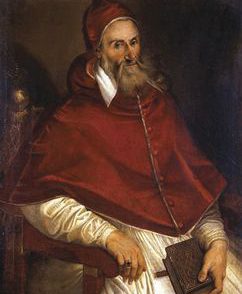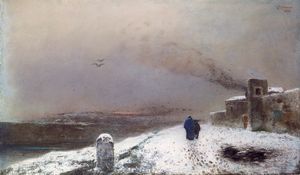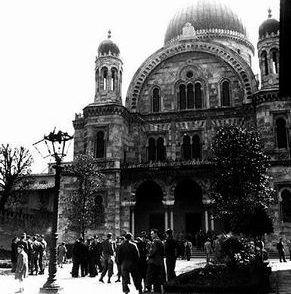Football is unquestionably the most basic of all team sports. The sole object of the game is to kick or head a ball into the opposition’s goal and to do this more frequently than your opponents do this to you. Despite, or perhaps because of, the absurdly simple nature of the game, football is an enthralling pastime that bestrides the globe, crossing racial, cultural and religious boundaries—and barriers. Paradoxically, it also tends to expose and provoke outbursts of bigotry, extreme nationalism and crime, both organised and spontaneous.
The way in which football reflects the culture of where it is played is the subject of two recently published books. In How Football Explains the World, Franklin Foer, a bona fide Jewish American ‘soccer’ fan, offers a global historical approach to one of the world’s most watched sports. In A Journey in Search of Italy and its Football, Paddy Agnew describes Italy and its culture from the perspective of an expatriate football journalist of 20 years experience.
Foer shows how the negative power of football maintains and reinforces what he calls the ‘pornography of sects’. He interviews the usual crop of aging bigots and hooligans in order to reveal the self-righteousness of fanatic fans who are prepared to kill or maim anyone who insults their tribal beliefs and prejudices. In fact, Foer, political journalist and editor of The New Republic, goes as far to suggest that there are clear links between football thuggery and extreme right wing politics throughout Europe, highlighting both the ‘open’ corruption of a certain ‘media boss’ and politician and the behind-closed-doors machinations of an industrial oligarchy based in Milan.
Foer’s central idea is that football is a window into our world both past and present. Even more intriguing is Foer’s description of the embarrassment and unease caused by the unanticipated football achievements of the Iranian national squad in the World Cup. The Islamic leadership fears the rise of secular nationalism because Iranian footballers insist on playing without beards. Just as alarming for the clerics is the determination of Iranian females to disguise themselves as men in order to sneak into stadiums to watch their clean-shaven heroes play football.
Agnew’s book should offer more, with its concentration on a detailed analysis of a single nation’s passion for football. However, his insights into Italian culture rarely rise above the obvious and the banal. Agnew, Vatican correspondent and long-time the English-language commentator for RAI’s coverage of Serie A, actually uses, with no hint of irony, the most trite football cliché of them all: boys in the park playing football with ‘jackets rolled up as goal posts’. He uses ‘greasy pole’ throughout to convey the difficult concept of just how few reach the very top in the ‘cut throat’ world of professional football.
After 318 pages, Agnew concludes that Italian football confirms that Italian men are male chauvinists and that they like to win even if that means fixing the odds through bribery and the use of artificial stimulants. According to Agnew, the high success rate for the Juventus team is due to ‘the club’s northern European hardworking industrial ethic’, whereas ‘Italian anarchists (from the South of course) nearly always go home to Mama for a plate of pasta after the demonstration’.
In closing, Agnew’s use of cliché moves into top gear. He would prefer to see in Italian football ‘the creative genius of Da Vinci’ rather the ‘calculating cynicism of Machiavelli’. However, Agnew was unfortunate enough to publish his book just before the victory of Italy in the World Cup, before the relegation of Juventus, and before the fan violence of recent months. Now Italian football is, to use a couple clichés and mix a metaphor, on the tip of everyone’s tongue and very much a hot potato.







